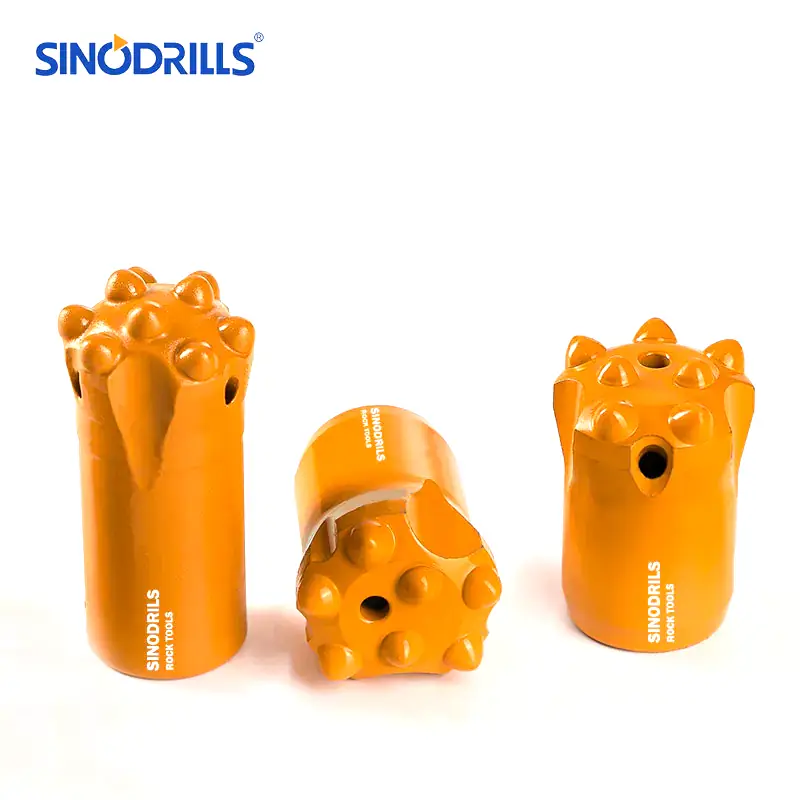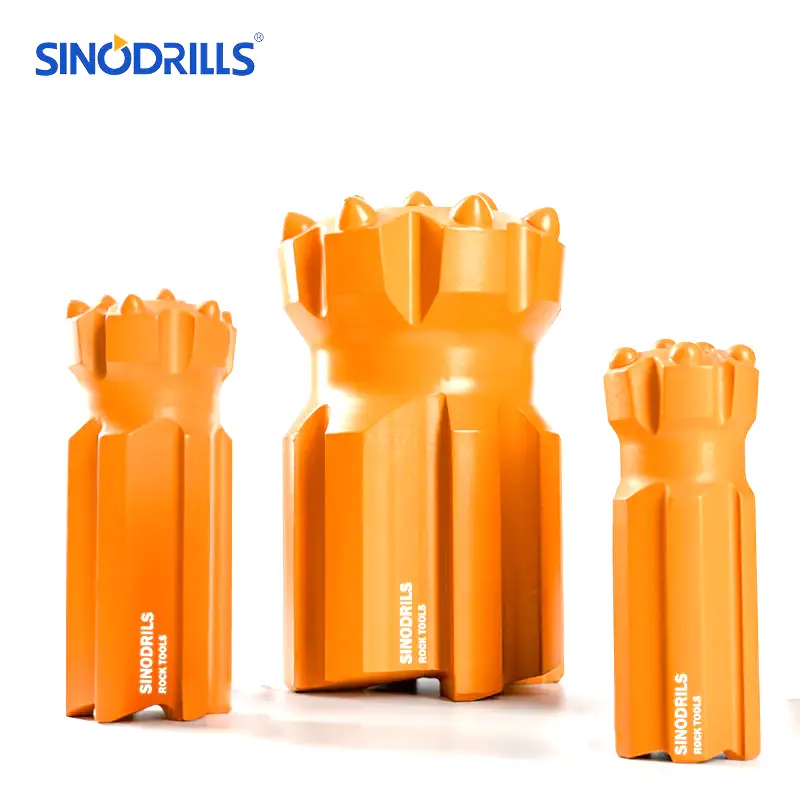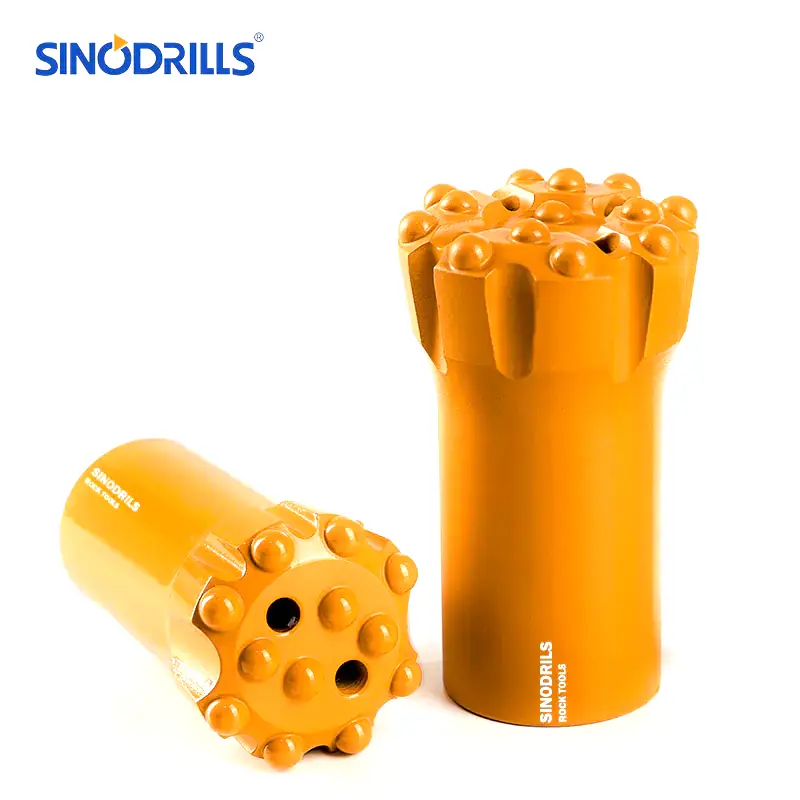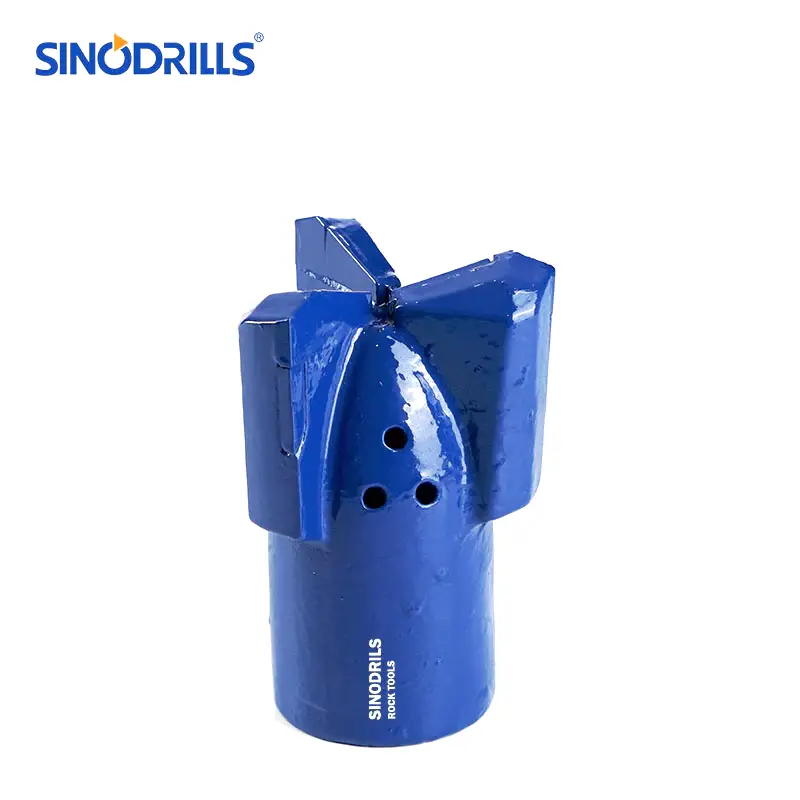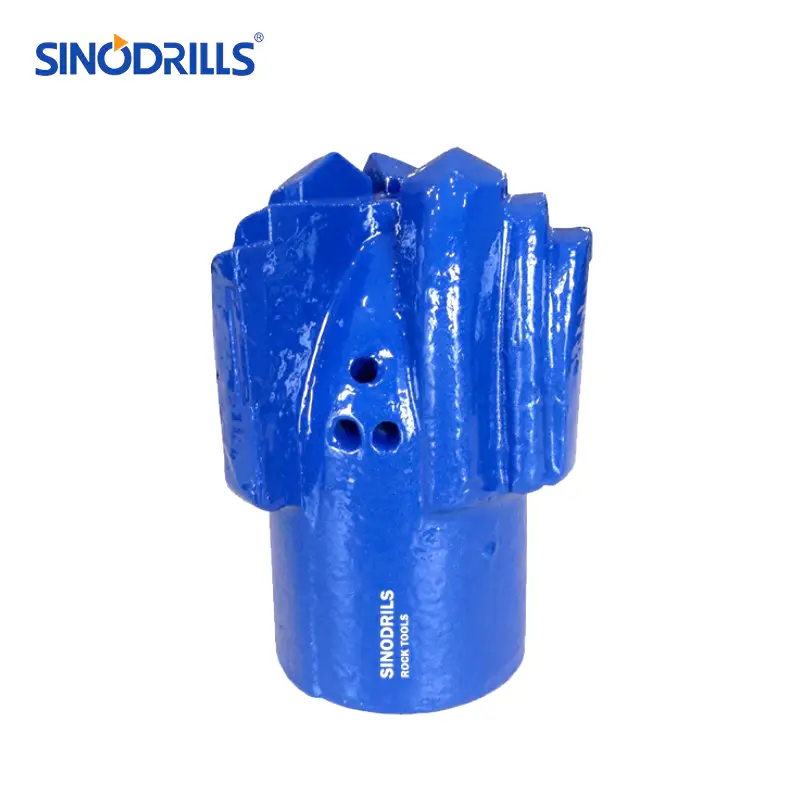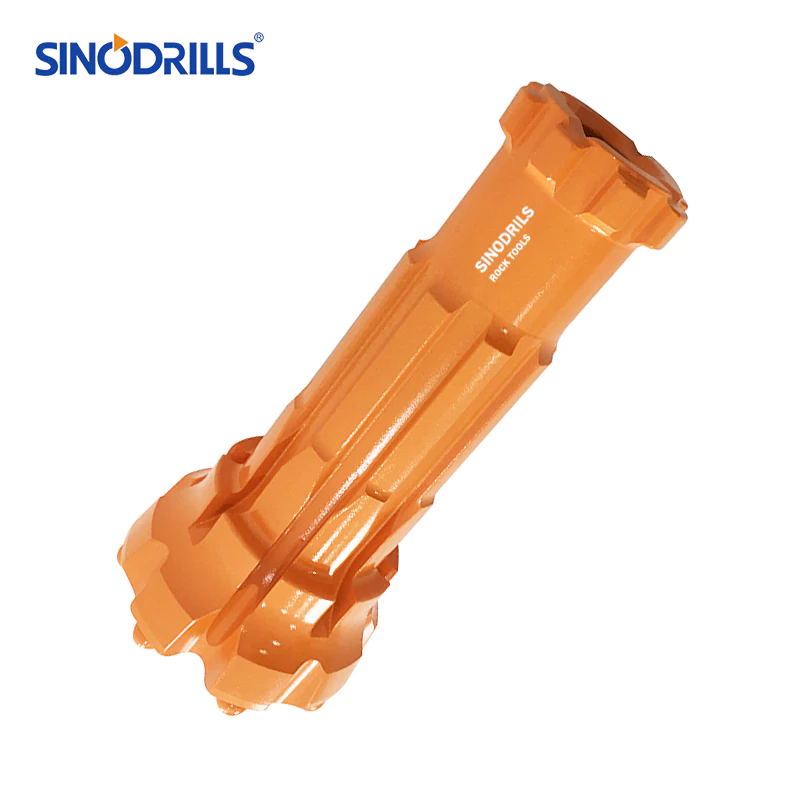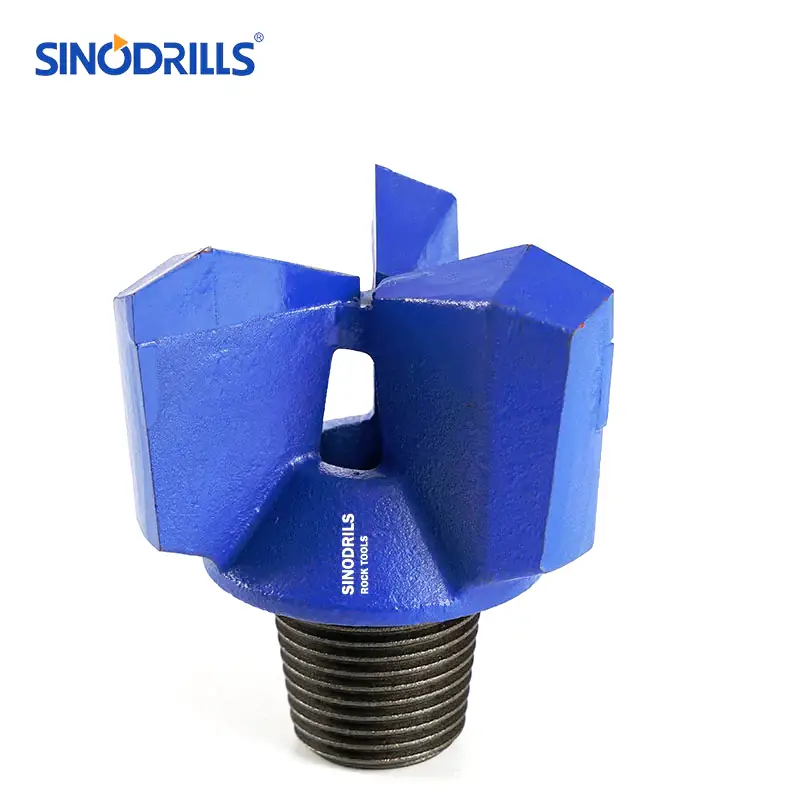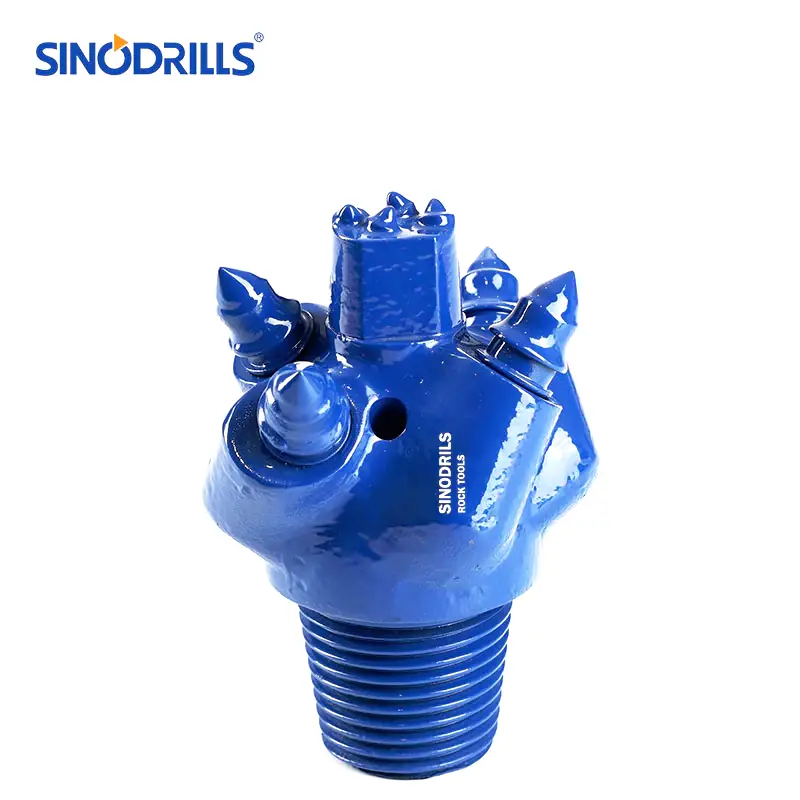Weight on Bit (WOB) is arguably the most critical parameter in any drilling operation. It is the downward force exerted on the drill bit, essential for breaking rock and achieving effective penetration. Too little WOB slows the process down, while too much risks damaging expensive downhole equipment. Understanding WOB is the key to drilling optimization.
Effective control of WOB directly impacts two crucial factors: the Rate of Penetration (ROP) and the operational lifespan of the drill bit. Drillers must constantly monitor and adjust this force. This article will explain exactly how WOB works, how it’s calculated, and the best practices for applying it in the field to achieve a successful and efficient wellbore.
What is Weight on Bit?
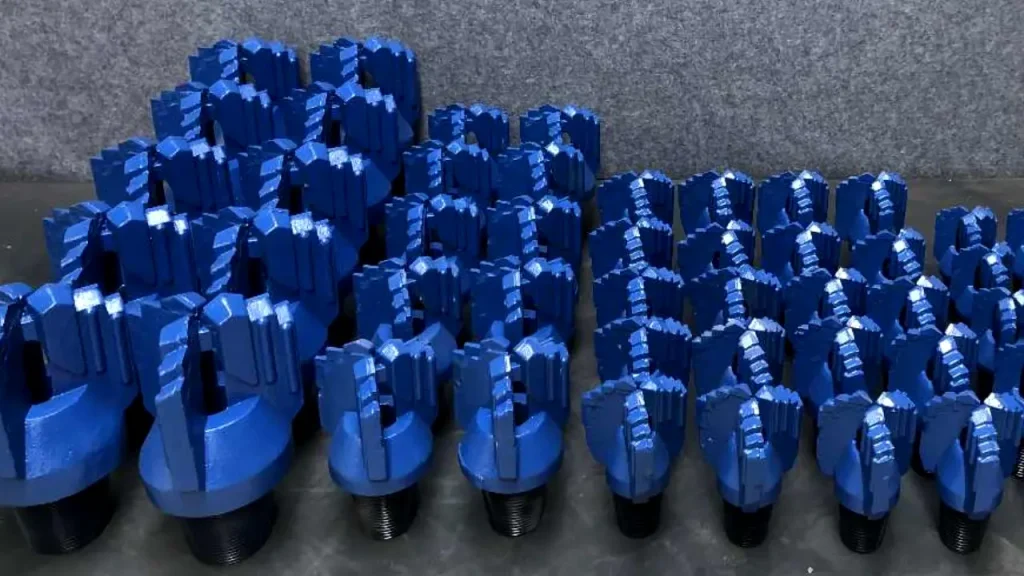
Weight on Bit (WOB) is the total downward force exerted on the drill bit by the drill string components. It’s measured in units like pounds-force (lbf) or kiloNewtons (kN). This force is indispensable, as it provides the necessary pressure for the bit’s cutting elements to crush, shear, or abrade the rock formation effectively.
| Aspect | Explanation |
| Source of Force | WOB is primarily provided by the drill collars—heavy, thick-walled steel tubes placed just above the bit. Gravity acting on these components creates the necessary load, which the driller then controls by adjusting the hook load on the surface. |
| Drilling Efficiency | Finding the optimum WOB is critical for maximizing the Rate of Penetration (ROP). Too little force results in slow drilling and bit “polishing,” while excessive force causes rapid bit wear, and potential downhole damage, such as drill string buckling. |
| Measurement | WOB is not measured directly on the bottom but is calculated by taking the difference between the string weight when the bit is off bottom (hanging freely) and the reduced weight measured when it is on bottom (drilling). Downhole sensors can now also provide real-time, more accurate measurements. |
How Does Weight on Bit Work?
The fundamental principle behind Weight on Bit (WOB) is simple physics: transferring a controlled portion of the drill string’s weight to the bottom-hole cutting tool. This is achieved by carefully controlling the lifting force applied at the surface, ensuring that a calculated downward force remains on the bit. This mechanism is crucial for continuous and effective rock destruction.
- Weight Generation: WOB is created using drill collars, which are thick-walled, heavy steel pipes placed in the Bottom Hole Assembly (BHA) above the bit. The gravitational pull on these dense components generates a large, concentrated downward force, providing the initial weight required to break through the rock formation effectively.
- Surface Control: The driller at the surface uses the hoisting system (drawworks) and a weight indicator to modulate the upward tension (hook load) on the drill string. By slowly slacking off (lowering) the string from its free-hanging weight, the driller accurately applies the desired fraction of the BHA’s weight onto the bit.
- Force Transfer: The weight transfer mechanism relies on the drill collars pushing the bit against the formation. This transfer must overcome friction and drag along the wellbore. Maintaining the right WOB ensures the cutters stay engaged for optimal Rate of Penetration (ROP), preventing bit damage or unnecessary operational slowdowns.
- Optimization Impact: The goal is to apply enough force to continuously chip away at the rock without causing detrimental effects like excessive bit wear, stick-slip (erratic rotation), or buckling of the drill pipe. WOB, therefore, is continuously monitored and adjusted to maintain peak drilling efficiency.
Which Drill Bits for Weight on Bit
Recommended Drill Bits
The effectiveness of Weight on Bit (WOB) depends heavily on the drill bit’s design and rock-breaking mechanism. The two main bit types, roller cone and Polycrystalline Diamond Compact (PDC), have vastly different WOB requirements, necessitating careful control for optimal drilling efficiency and longevity in various formations.
- Roller Cone (Tricone) Bits: These bits rely primarily on crushing and chipping the rock using heavy tungsten carbide inserts or milled steel teeth. They require higher WOB to force the cones and their cutting elements to penetrate and fracture the rock face beneath them, making WOB the dominant drilling parameter for these bits.
- Polycrystalline Diamond Compact (PDC) Bits: PDC bits utilize a shearing and scraping action, not crushing. They operate most efficiently with lower to moderate WOB and higher Rotations Per Minute (RPM) to maintain a continuous “depth of cut.” Excessive WOB can damage the fragile diamond cutters by subjecting them to high impact loads.
- Impregnated Diamond Bits: These fixed-cutter bits contain small industrial diamonds embedded in a matrix body and are used for drilling the hardest, most abrasive formations. They work by a grinding and abrasive wear process, requiring a consistent and moderate WOB to expose new diamond particles and maintain the necessary grinding action.
- Hybrid Bits: Combining the rolling elements of a tricone with fixed PDC cutters, hybrid bits balance crushing and shearing actions. They allow for more flexibility, often using a WOB range between typical PDC and roller cone requirements to perform optimally in heterogeneous or interbedded formations without causing excessive shock or torque fluctuations.
How to Choose Suitable Drill Bits for WOB
Choosing the correct drill bit based on Weight on Bit (WOB) is a critical optimization process to maximize the Rate of Penetration (ROP) and prolong bit life. This selection depends on the rock’s Unconfined Compressive Strength (UCS) and the bit’s inherent cutting mechanism (crushing versus shearing).
- Analyze Formation Hardness (UCS): The primary step involves accurately determining the rock’s hardness, or Unconfined Compressive Strength. Harder formations (high UCS) necessitate higher WOB to generate the force required to crush and break the rock effectively, making Roller Cone bits the suitable choice for this task.
- Match Bit Type to Mechanism: Roller Cone bits utilize a crushing action, requiring high WOB to drive the cones’ inserts into hard rock. Conversely, PDC (Polycrystalline Diamond Compact) bits use a shearing action, which requires only moderate WOB, paired with higher RPM, to achieve a fast and efficient cut.
- Consider Abrasiveness and Stability: Highly abrasive formations require bits with tungsten carbide inserts (TCI Roller Cone) and can tolerate very high WOB. However, in heterogeneous or broken rock, an aggressive bit with high WOB can cause severe vibration and damage, suggesting a need for a more stable design or a change in drilling parameter.
- Evaluate Rig and BHA Limits: The final choice must align with the drilling rig’s capability to deliver the required WOB and the Bottom Hole Assembly’s (BHA) stability. Overloading the bit with WOB beyond the manufacturer’s specification or the BHA’s limit leads to premature bit failure and costly, non-productive time.
Conclusion
Mastering Weight on Bit (WOB) is non-negotiable for maximizing drilling efficiency and protecting your investment in downhole tools. Optimal WOB translates directly to higher Rate of Penetration (ROP) and reduced operating costs by preventing premature bit wear and failure. It’s the constant balancing act that defines a successful drilling engineer.
Applying the right WOB is only half the equation; the drill bit itself must be of superior quality to withstand the immense forces. The performance and durability of your tools are paramount. Don’t compromise your hard-earned efficiency with inferior components—the foundation of every successful bore is a reliable, high-performance bit.
If you are looking to secure high-quality, durable drill bits at competitive prices, consider sourcing them wholesale from Sinodrills. Our extensive inventory ensures you have the right tool for any formation, complementing your optimized WOB strategy. Contact Sinodrills today to discuss your wholesale needs and elevate your drilling performance.

